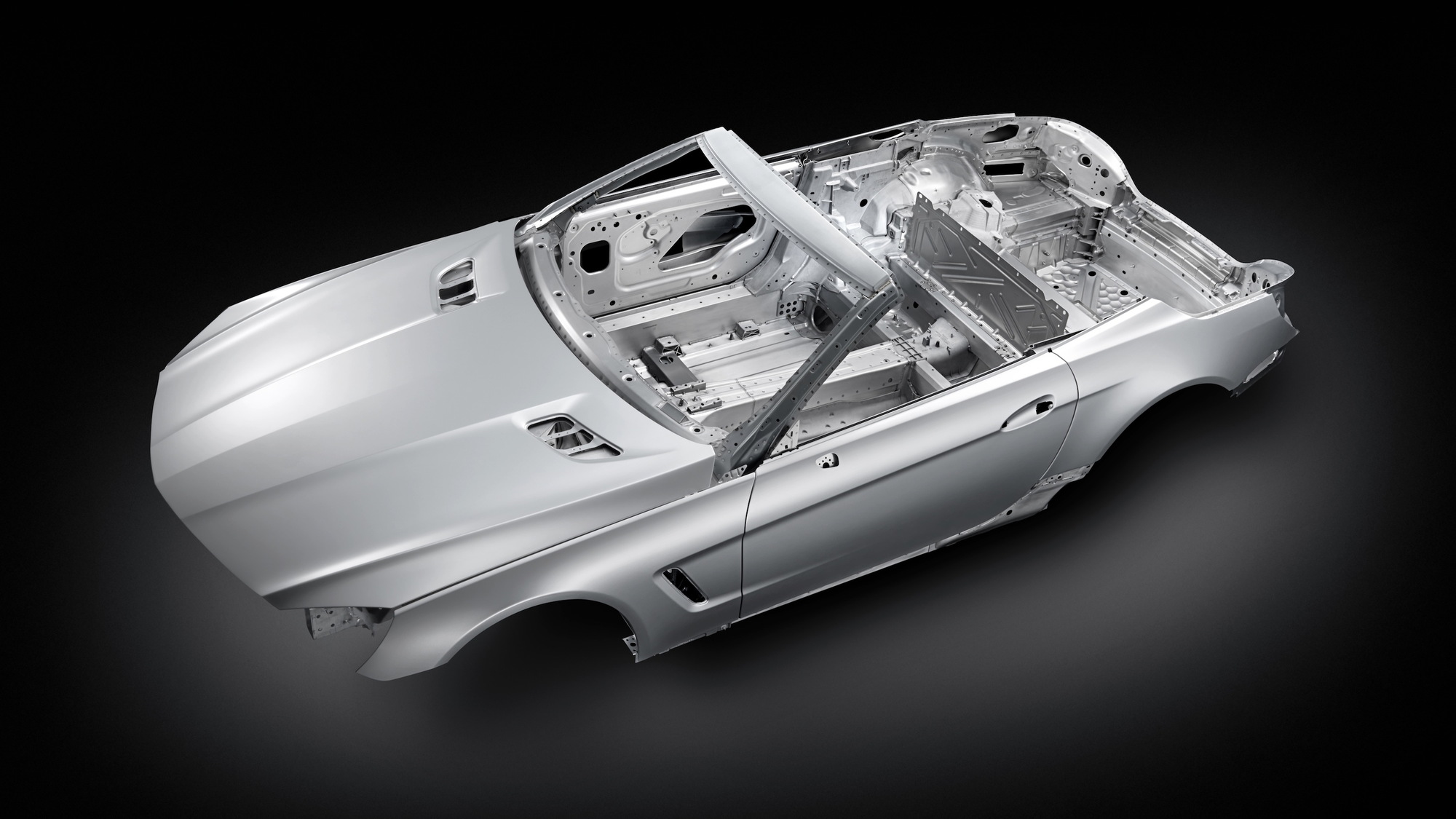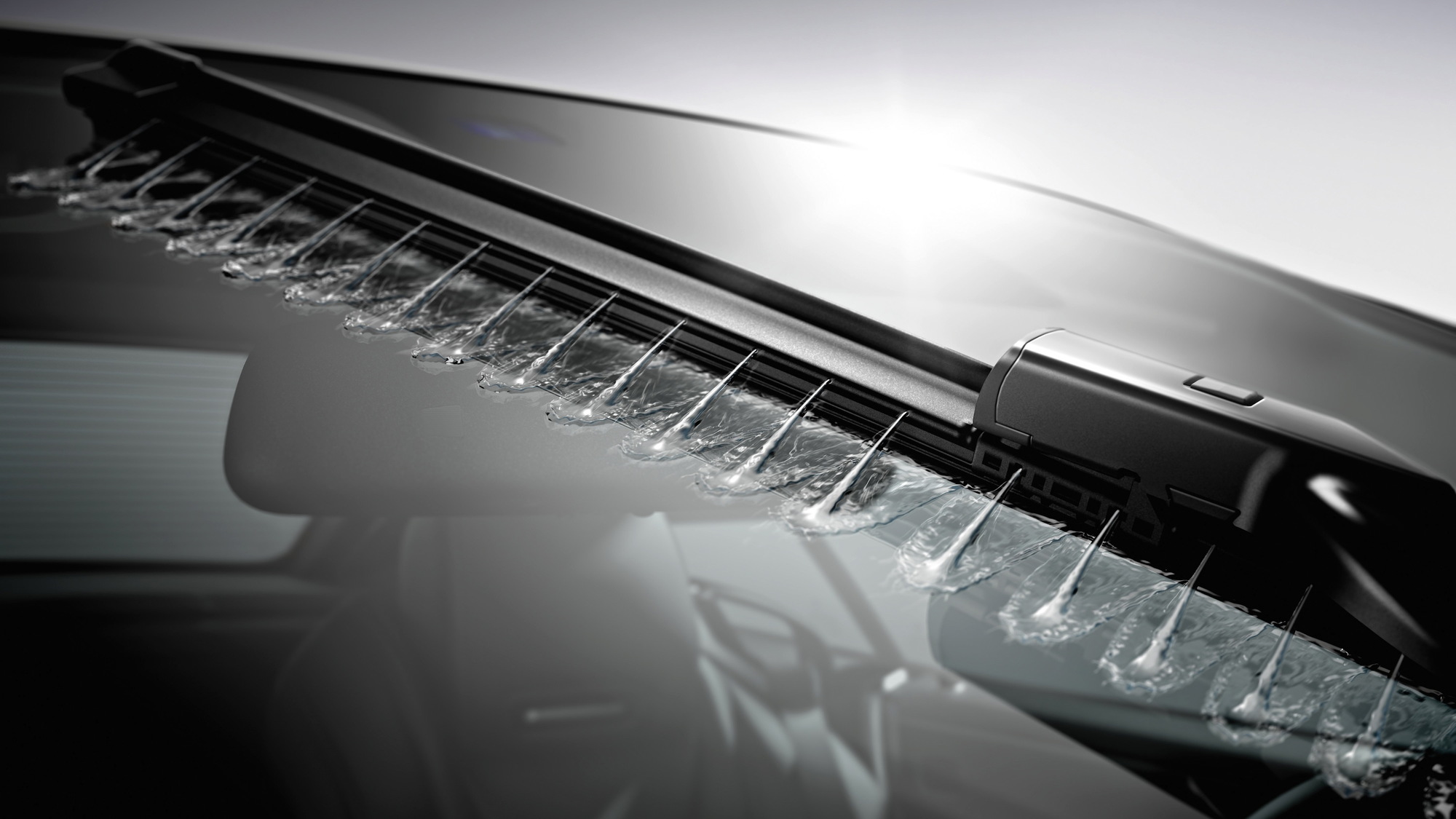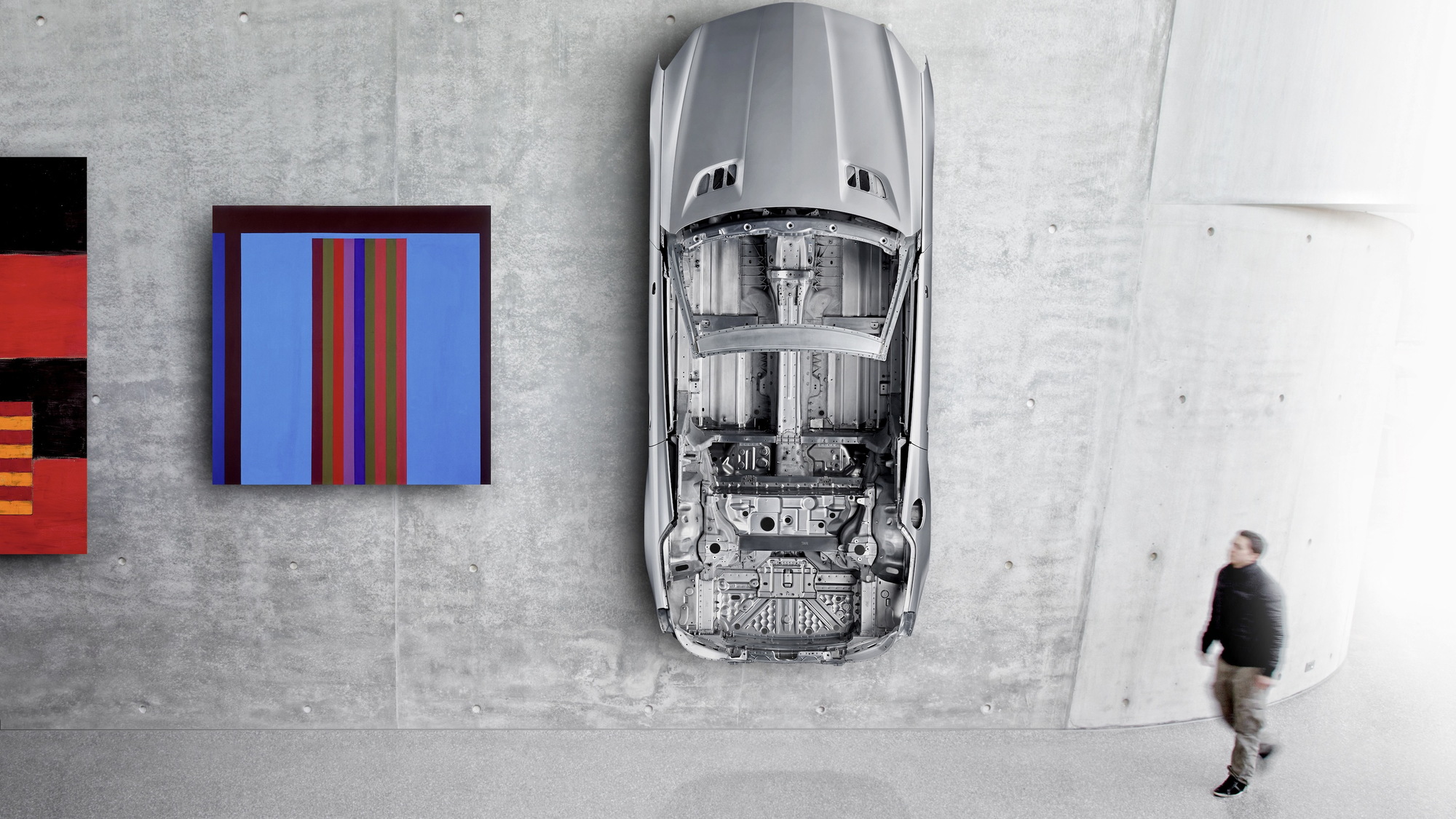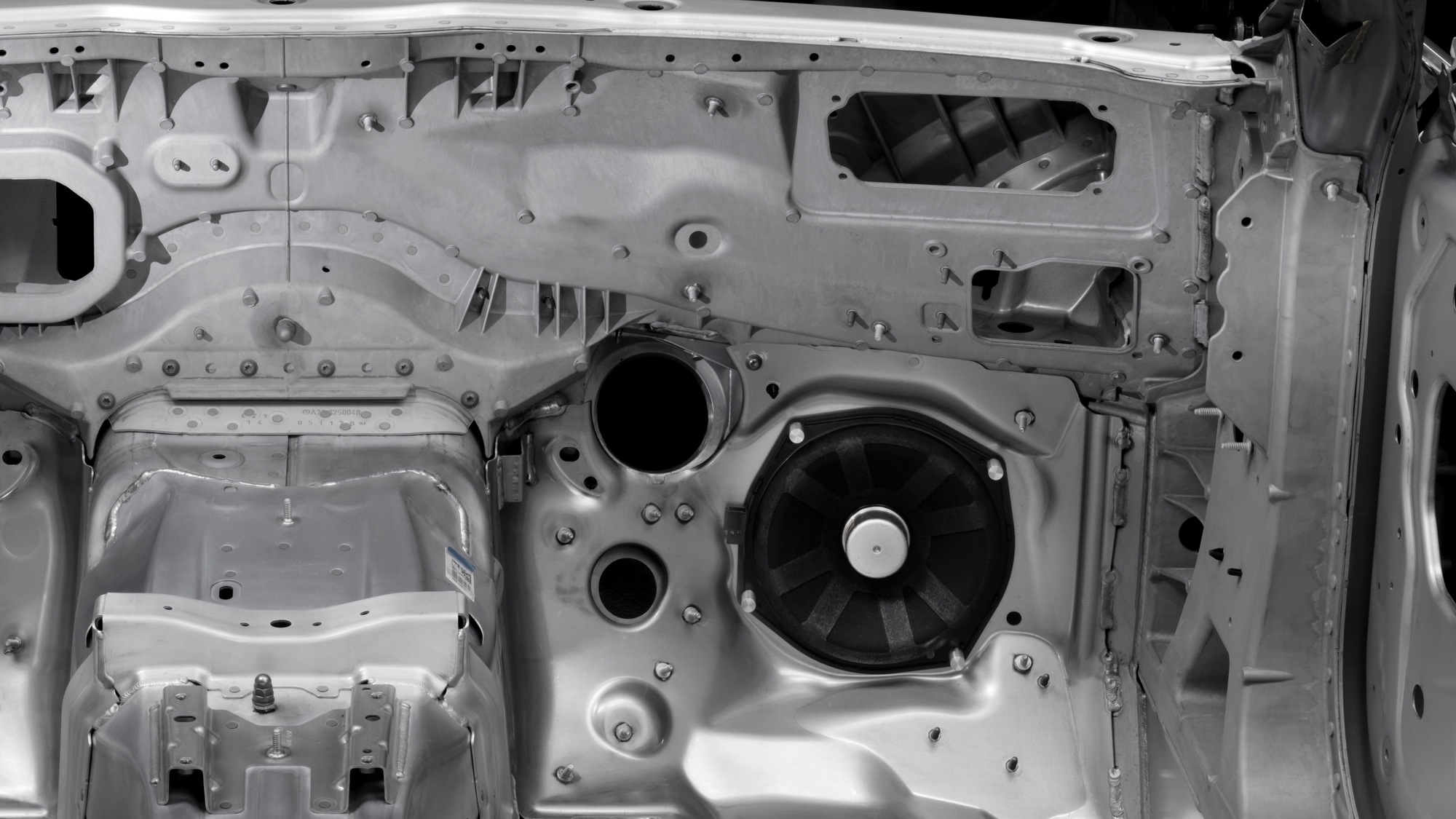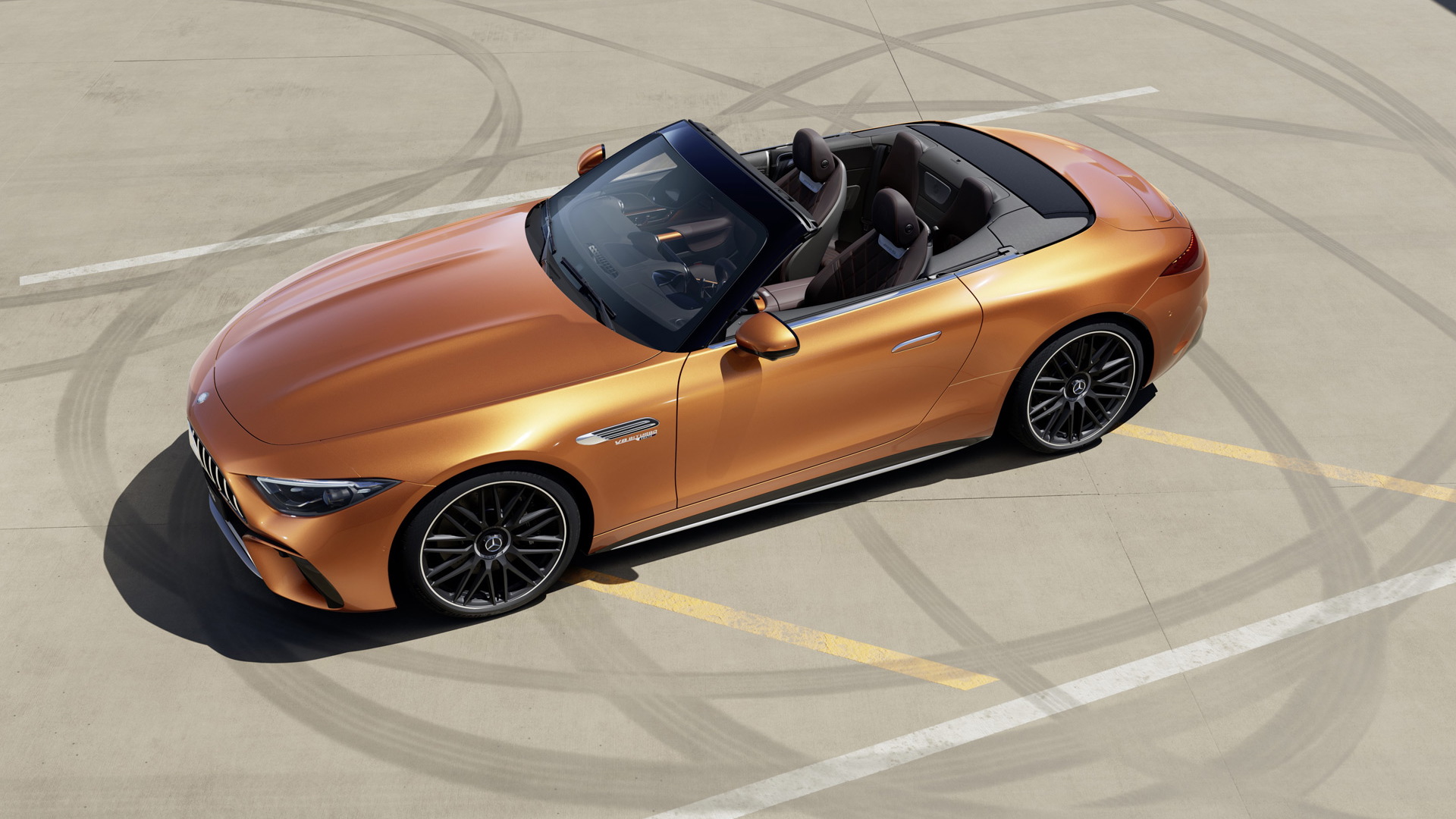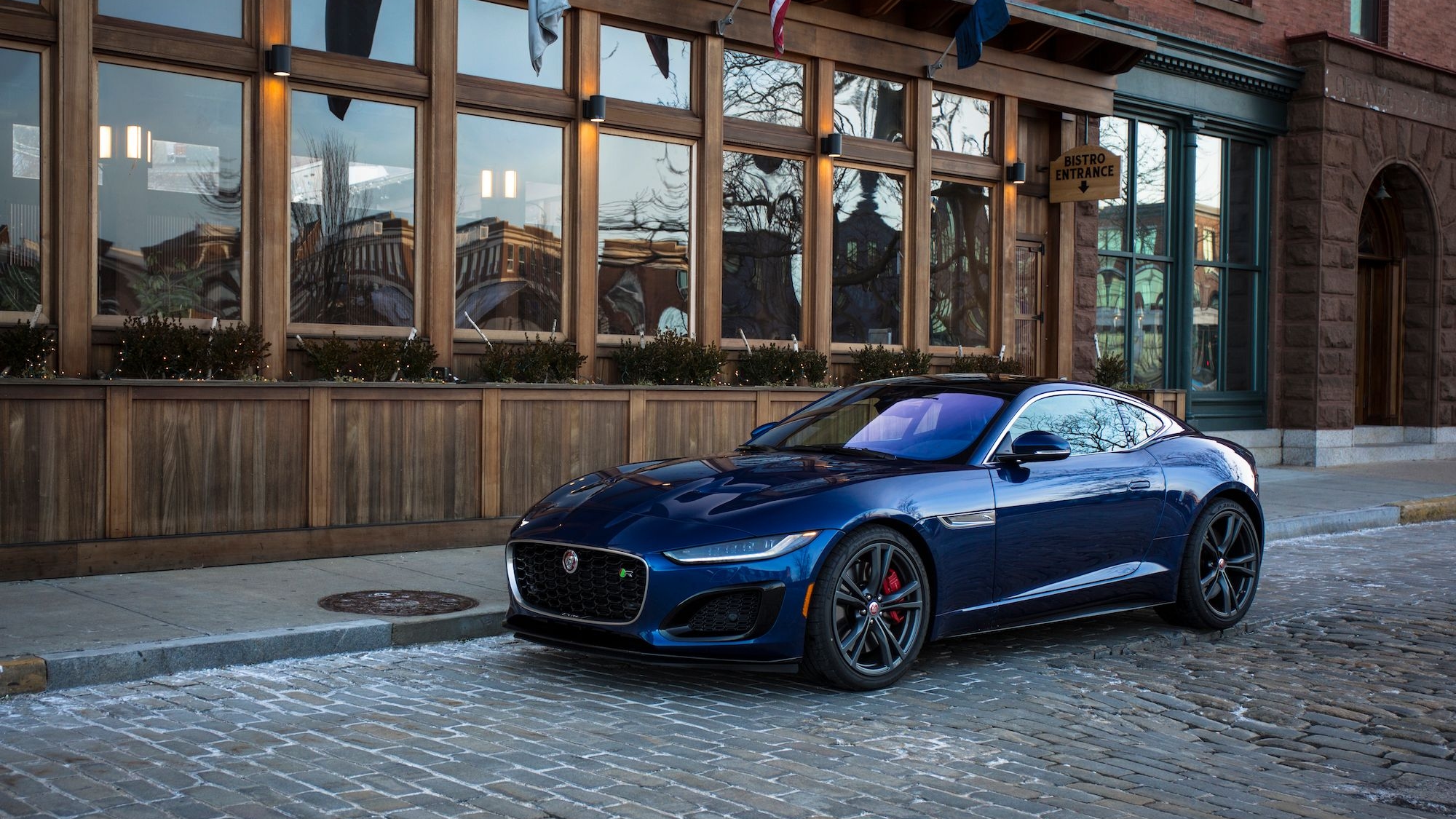Before the introduction of more extreme vehicles like the McLaren-Mercedes SLR and the current gull-wing Mercedes-Benz SLS AMG, the regular SL-Class sports car was top of the tree in the Mercedes hierarchy.
As such it was often a technological leader, frequently sharing innovations with the S-Class luxury sedan in an altogether sportier body. The new 2013 Mercedes-Benz SL will be pioneering even more new technology for the brand with Motor Authority revealing more details on the new tech.
Less weight
The latest generation of SL-Class will be no different, and Mercedes says it's taking the SL "sporty, lightweight" letters more seriously than ever.
A new, 89 percent aluminum bodyshell brings down weight by over 240 pounds compared to the old SL, and with weight saving advances in other areas, the new car will be 300 pounds lighter than its predecessor.
Dr Thomas Rudlaff, the engineer behind the aluminum bodyshell, describes the difference "as if a heavyweight-class passenger had got out of the car and taken his heavy flight luggage, too". The doors and hood are also aluminum, and the trunk is made of SMC or "sheet moulding compound", a synthetic panel mounted to a steel reinforcement structure.
Clever use of the aluminum means that despite being lighter, the new SL is also more rigid and more safe than ever before.
More vision
Seeing where you're going is important too, which is why Mercedes-Benz has developed Magic Vision Control.
It's not as exciting as it sounds - no wizardry is involved here - but it's still incredibly clever. Rather than using washer jets as you'd find on a regular car, channels in the windscreen wiper dispense fluid just in front of the blade in the direction the wiper is moving.
This means your vision isn't momentarily disrupted by a splash of fluid, and also means no spot on the screen is missed when the wiper sweeps.
It even adjusts the fluid dispensed when the hard-top is retracted in good weather and also prioritizes fluid on the downward sweep of the wipers, so they can be used without splashing the car's occupants.
More sound
Combining great sounds with an open-air experience has never been easy, as rapid open-air travel tends to create its own noises to fight against your stereo.
Mercedes' FrontBass system moves the bass loudspeakers - normally found low-down on the doorcards, to the driver and passenger footwells, mounted in the firewall. Cavities behind the speakers act as resonating chambers, and mounted in the stiff aluminum structure rather than the doors, sound is much clearer and less distorted.
The shape of the footwell itself acts as an acoustic funnel to concentrate the sound at the two occupants, improving quality even with the roof down.
Mid-range and high-tone speakers are mounted in the doors instead, high-up near ear-level for the best quality. Work has also been done to ensure little of the sound spills too far from the car, so you won't be irritating others in traffic.
With technology like FrontBass, Magic Vision Control and a light-weight aluminum body, the new SL should still continue the model's tradition for innovation, even if it's no longer the quickest Mercedes you can buy.
